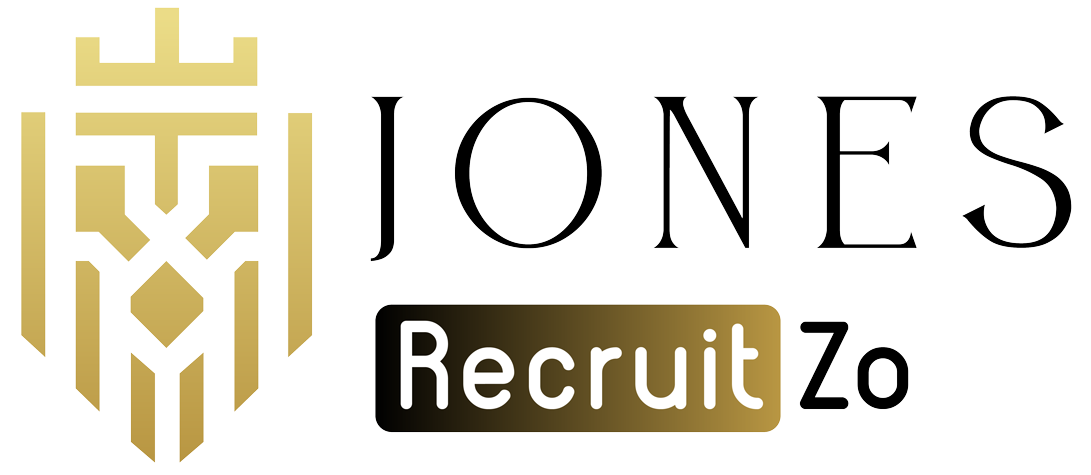What is the 9 Box Grid?

The 9 Box Grid is a tool for HR professionals to assess and classify employees based on performance and potential. It is a nine-section array in which employees are put based on their current contributions and future growth potential. It aids organisations in identifying stars, evaluating talent gaps, and preparing leadership pipelines.
The Grid originated as a succession-planning tool but is now more widely used for development and planning activities for the organisation. Organisations use it to visualise talent distribution and create customised strategies for growth and retention.
Why is the 9-Box Grid Important?

The 9-Box Grid is vital to talent development and success in organisations. It enables a company to evaluate its people objectively and make an informed decision regarding their promotions, training, and retention strategies.
-
Identifies High-Potential Employees
One of the greatest benefits associated with the 9 Box Grid is the ability to highlight employees considered to be high potentials and thus be heavily geared towards strong leadership areas and possible future roles with larger responsibilities. By identifying them, companies can start an investment early on in the development of their next generation of leaders for a solid succession plan.
-
Supports Succession Planning
The use of the 9 Box Grid proves to be a great help in succession planning, as it allows an organisation to determine a few future leaders within the workforce. The next step will be to assess the readiness of some of these employees for promotion so that a structured career growth pathway can appropriately be developed along with understanding the continuity of leadership.
-
Encourages Employee Development
Through identifying ranges in performance and potential for employees in the organisational structure, organisations would be able to develop and design learning and development (L&D) programs that can meet their differences. They could provide training to lower quadrants and mentoring to high performers.
-
Improves Decision-Making
The structured evaluation encompassed in the 9 Box Grid facility enables managers to take data-proven decisions with regards to promotions, changes in roles, and investments in the workforce. Instead of subjective evaluations, the company can now use this model for objective and fair decision-making.
-
Enhances Organisational Growth
Proper assessment and nurturing of employees increase productivity and job satisfaction in employees, thus leading to better retention of employees, improved organisational culture, and overall growth of business. Well-implemented strategic 9 Box Grids help organisations get the most from their employees.
How to Create the 9-Box Grid?
To create a 9 Box Grid, employees are evaluated along two dimensions: performance and potential. The first is how their performance meets the job specifications and contributes to the aims of the company, and the latter is the extent to which that he can grow to a leadership position with more responsibilities in the future.
To place an employee correctly in the grid, companies depend heavily on performance appraisals, manager comments, and structured themes for employee evaluation. The result should give a fair evaluation concerning the organisation’s workforce planning. At this stage of assessing, employees would be placed in one of the following nine categories for making informed decisions on career advancement, training, and leadership succession:
How to use the 9-Box Grid?

The 9 Box Grid is a methodical approach to assessing employees based on performance and potential. The model helps organisations identify star talent, develop their skills, and make strategic decisions surrounding the workforce. In order for the grid to be effective, organisations must assess employees, categorise them appropriately, and take action based on where they are placed.
-
Assess each employee’s performance
The first step in using the 9-Box Grid is to measure an employee’s current job performance. This can be done by analysing key performance indicators (KPIs), reviewing past performance reports, and gathering feedback from managers. Employees are typically categorised into three groups:
- Low Performers struggle to meet expectations and consistently fall short in achieving their targets.
- Moderate Performers meet basic job requirements but may lack consistency or exceptional results.
- High Performers consistently exceed expectations, demonstrate strong work ethic, and contribute significantly to company goals.
By clearly identifying where each employee stands in terms of performance, businesses can determine the right development strategies for each category.
-
Assess each employee’s potential
Beyond evaluating performance, it is equally important to assess an employee’s potential for growth within the company. Some employees display strong leadership qualities, adaptability, and a continuous drive to improve, making them high-potential individuals who can take on greater responsibilities in the future. Others show moderate potential, meaning they have room for development but require structured training and mentorship to enhance their skills.
Meanwhile, some employees may struggle with change, lack leadership traits, or show limited ambition for career advancement, indicating low potential. By determining an employee’s ability to grow, companies can invest in the right training programs and prepare employees for leadership or specialised roles.
-
Place Employees in the Grid
Once both performance and potential have been assessed, employees are positioned within the 9-Box Grid based on their evaluation results. Those who demonstrate both high performance and high potential are recognized as future leaders and should be nurtured for leadership roles. Employees with moderate performance and potential are seen as steady contributors who may need additional guidance and training to grow.
Meanwhile, individuals who exhibit low performance and low potential may require targeted coaching, role reassignment, or further evaluation to determine the best course of action. By accurately placing employees within the grid, companies gain a clear overview of their workforce and can make informed decisions about career development and succession planning.
-
Take Action Based on Placement
After employees have been placed in the appropriate category, organisations must take action to support their growth. Those identified as high-potential and high-performing employees should be given leadership training, mentorship, and opportunities for career advancement to prepare them for more significant roles. Employees with moderate potential and performance can benefit from additional training, constructive feedback, and development programs designed to strengthen their skills and capabilities.
On the other hand, individuals who fall into the low-performance, low-potential category may need structured improvement plans, reassignment to roles better suited to their skills, or, in some cases, a discussion about their future with the company. Taking the right steps based on an employee’s placement ensures that each individual receives the necessary support to thrive.
-
Review and Update Regularly
The 9-Box Grid should not be treated as a one-time assessment but rather as a continuous process. Employees grow and develop over time, meaning their performance and potential may change. Regularly reviewing and updating the 9-Box Grid ensures that the company’s talent management strategy remains effective.
This can be done through annual performance reviews, leadership discussions, and real-time feedback mechanisms. Keeping the grid updated helps organisations make informed decisions about promotions, succession planning, and workforce development.
FAQs
1) What is the 9 box grid?
The 9 Box Grid is talent management tool for HR professionals practice in appraising employees-determined performance and potential. It is the go-to tool through which companies would pinpoint potential future leaders, avail assistance in workforce planning, and thereby providing programs that shall service all employees.
2) How do you create a 9 box grid?
The 9 Box Grid requires companies to differentiate performance and potential of employees because it is capacity conditioned within which employees value their performance-low, moderate, to high. Employees are then slot into the new 9-grid matrix. This assessment will help have strategic decisions made by the business regarding promotion, training, or retention of employees.
3) How to use the 9 box grid?
Using the 9 Box Grid is by placing employees into one of nine categories based on performance and potential. Once employees are placed, organisations can identify potential candidates and develop talent development strategies for business growth.
4) Why is the 9-Box Grid Important?
The importance of the 9 Box Grid is that it provides strategic employee evaluation and development. This identification of top talent supports succession planning, improves decision making, and ensures that the organisation will thrive in the long-run.







